Discover the differences between Glass vs LED Neon Signs. Compare costs, safety, installation, maintenance, and more.
When it comes to creating striking and vibrant signage, neon signs have been a popular choice for decades. In recent years, LED neon signs have gradually replaced traditional glass neon signs, as they offer a cost-effective and energy-efficient alternative to create glowing, colorful lights that can advertise businesses, decorate homes, and even create unique works of art. In this blog post, we’ll take a look at the differences between glass neon signs and LED neon signs.
Glass vs LED Neon Signs
For over 100 years, people have been creating glass neon signs by bending glass tubes into various shapes and designs. Then, they fill the tubes with gas, usually neon, and connect them to a high-voltage power supply. Once the power is turned on, the gas inside the tube emits light, creating the characteristic neon glow.
To learn more about How neon lights work, we recommend watching this video – click here.
Benefits of Glass Neon Signs
Durability
Glass neon signs are able to withstand extreme temperatures, weather conditions, and vibrations. They are made from durable glass tubes that are resistant to breakage and can last up to 15 years before needing to be refilled or repaired.
Customizability
Glass neon signs can be customized to a wide variety of shapes and designs. This makes them a popular choice for businesses and individuals who want to create unique and eye-catching signage.
Brightness
The bright and colorful lights of glass neon signs make them easily visible from a distance. They are especially effective at night when they can draw attention to a business or event.
Energy efficiency
While glass neon signs do require a high voltage power supply, they are still relatively energy efficient. They use less power than other types of lighting, such as incandescent bulbs or fluorescent lights.
Classic look
Glass neon signs have a classic, vintage look that many people find appealing. They can add character and charm to a business or home.
LED Neon Signs
LED stands for “light emitting diode.” To mimic the appearance of traditional neon signs, LED neon signs use flexible plastic tubing filled with LED lights. Manufacturers create the tubing of LED neon signs using a durable and lightweight material that can withstand breakage and harsh weather conditions. The LED lights emit light once powered with electricity, creating the iconic neon glow.
To learn more about how LED neon signs work, we recommend watching this video – click here.
Benefits of LED Neon Signs
Energy Efficiency
LED neon signs use significantly less power than traditional glass neon signs. This can lead to significant cost savings over time, particularly for businesses that want to keep their energy costs low.
Durability
LED neon signs are highly customizable and versatile, as manufacturers can program them to display diverse colors and patterns and shape them into unique designs, making them a preferred option for captivating and distinctive signage.
Longevity
LED neon signs last for approximately 5-10 years before requiring replacement, a longer lifespan compared to many other types of lighting.
Safety
LED neon signs operate on a low voltage power supply, which makes them safer to operate than traditional glass neon signs. They do not contain any dangerous gases or chemicals, making them a safer choice for both indoor and outdoor use.
Glass Neon vs LED Neon: Which Is Better
LED neon signs and traditional glass neon signs are both popular options for lighting up events and businesses. However, they have some key differences in terms of cost, safety, installation, maintenance, power consumption, brightness and versatility.
- Cost: LED neon signs may be slightly less expensive than glass neon signs, but prices vary depending on size and design. Traditional neon signs are more expensive due to their high voltage and real glass, making them fragile and requiring special disposal procedures.
- Installation: traditional neon signs require a secure location and careful handling, while LED neon signs are highly flexible and can be installed in a variety of locations.
- Power consumption: traditional neon signs require a lot of power and can be affected by interruptions or fluctuations, while LED neon signs are energy-efficient and can survive minor power fluctuations.
- Brightness and color options: traditional neon signs offer a cozy glow, while LED neon signs are brighter and offer more versatility in terms of color and remote control options.
- Safety: traditional neon signs contain high voltage and real glass, making them fragile and requiring special disposal procedures. LED neon signs are heat-resistant and do not contain harmful substances.
- Maintenance: LED neon signs offer a low-maintenance option as they do not require frequent replacement of gas and have a durable, protective covering that shields the LEDs from damage.
- Accessibility: LED signs offer a customizable, low-maintenance lighting solution for businesses with a wide range of colors and remote control options. They are a cost-effective option in the long run due to their low maintenance and energy efficiency.
Conclusion
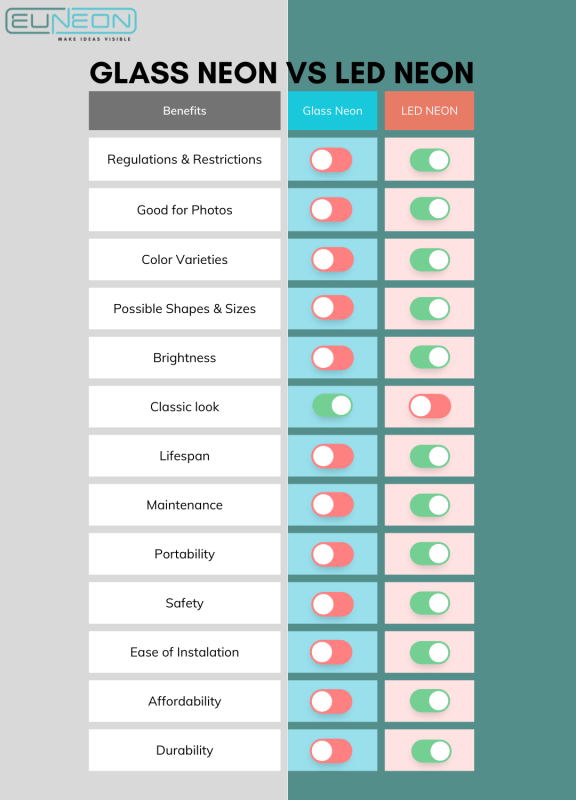
Depending on your project or space, budget, and personal preferences, you should choose the appropriate neon light. If you have a sizable budget, a narrowly focused project like signs, and you want the retro neon light aesthetic, choose glass neon lights. LED neon light strips should be used for everything else. They are more adaptable, cost-effective, safe, and easy to use. Browse our catalog to find the ideal one right now.
The use of LED neon signs is the way of the future for companies looking to save money on distinctive, original signage. Saving money on advertising does not need sacrificing adaptability and visibility. The advantages of LED stand out when you contrast their attributes with those of neon signs, both in terms of their immediate and long-term advantages.
Looking for more about LED neon signs? Check out our blog post about ”Custom LED Neon signs” and also understand “Neon signs and LED technology history“



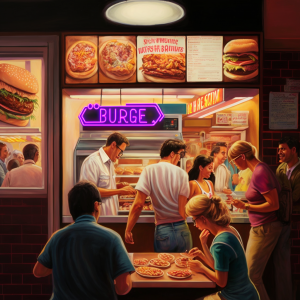
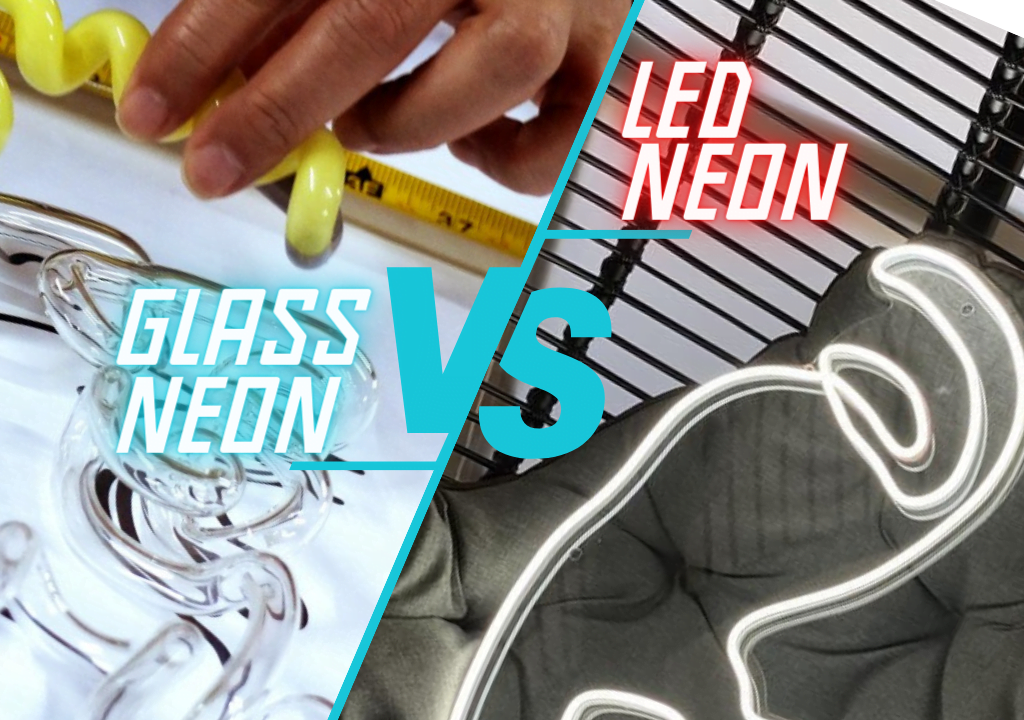
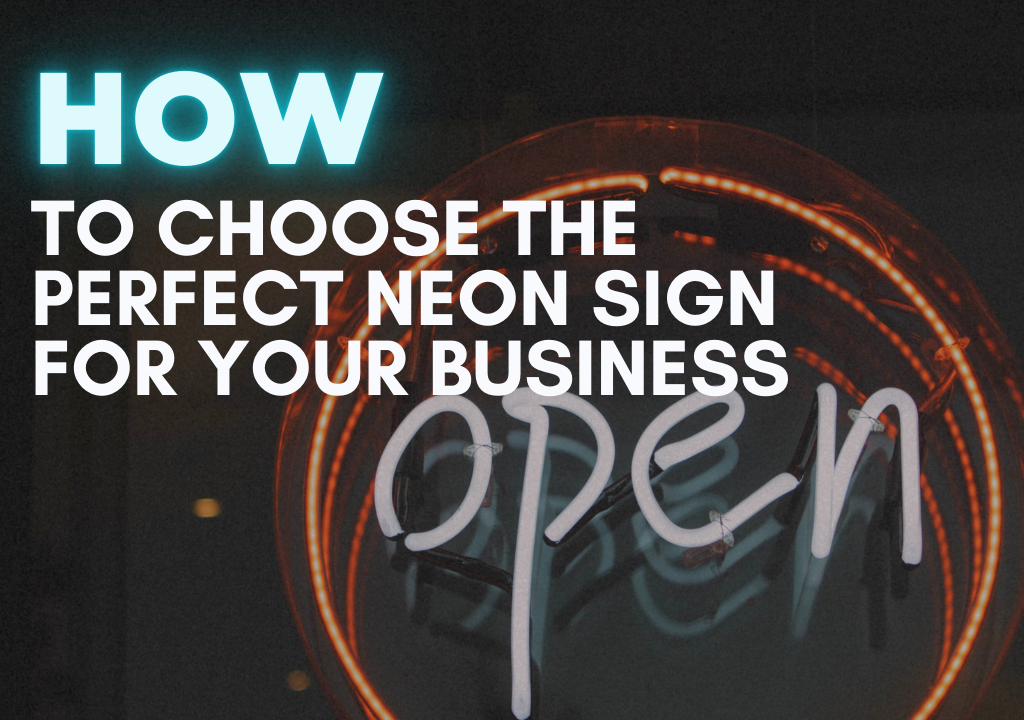


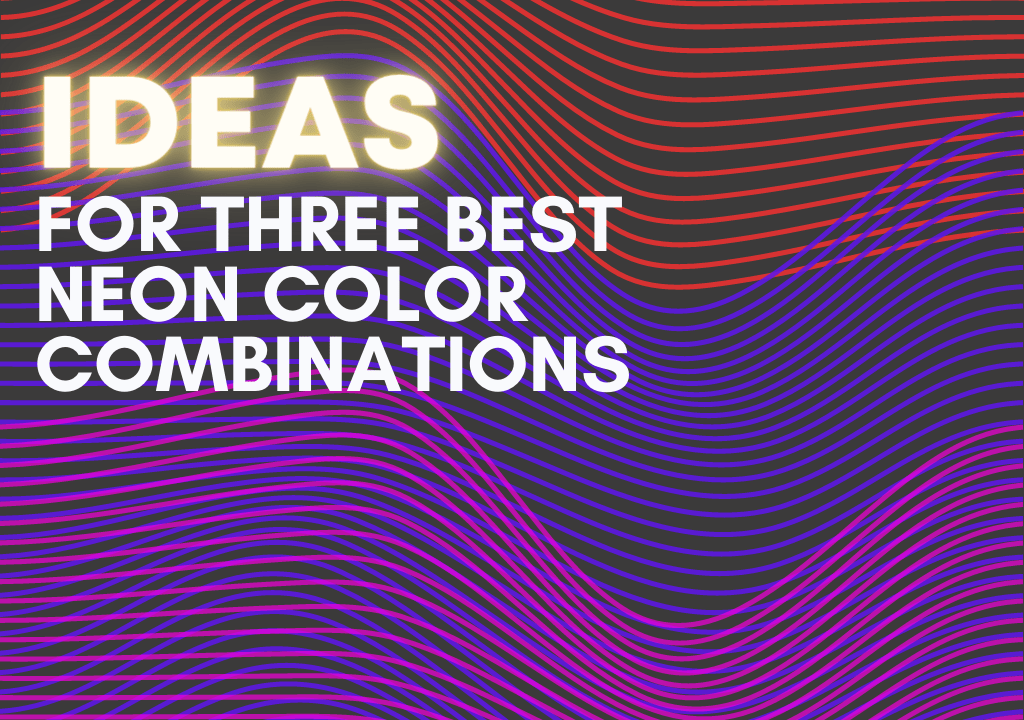
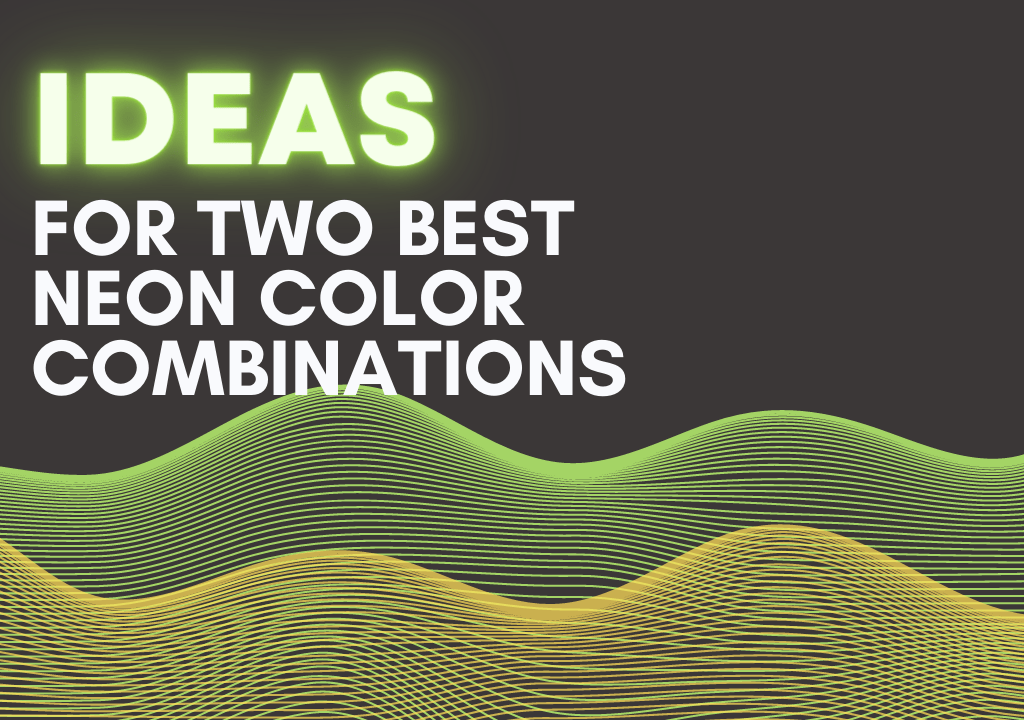
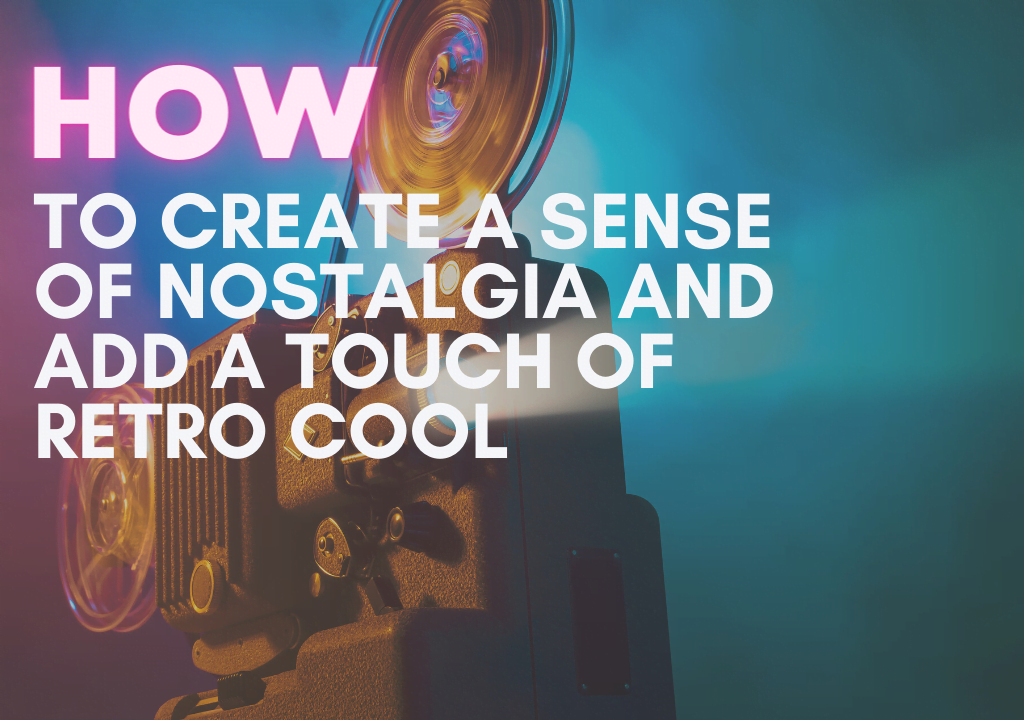
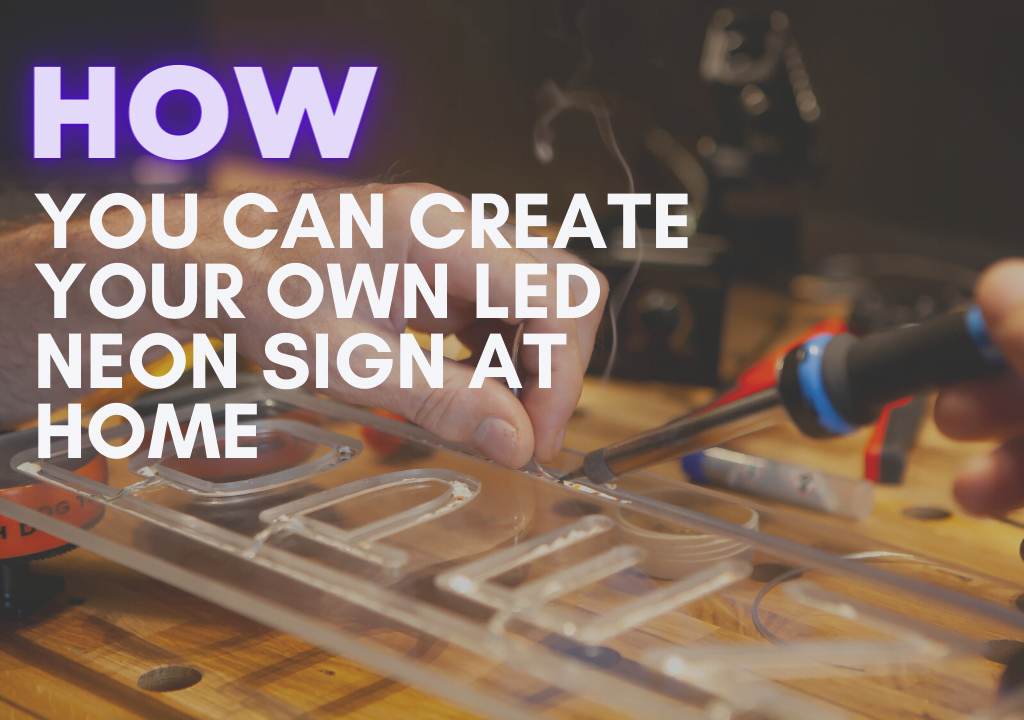
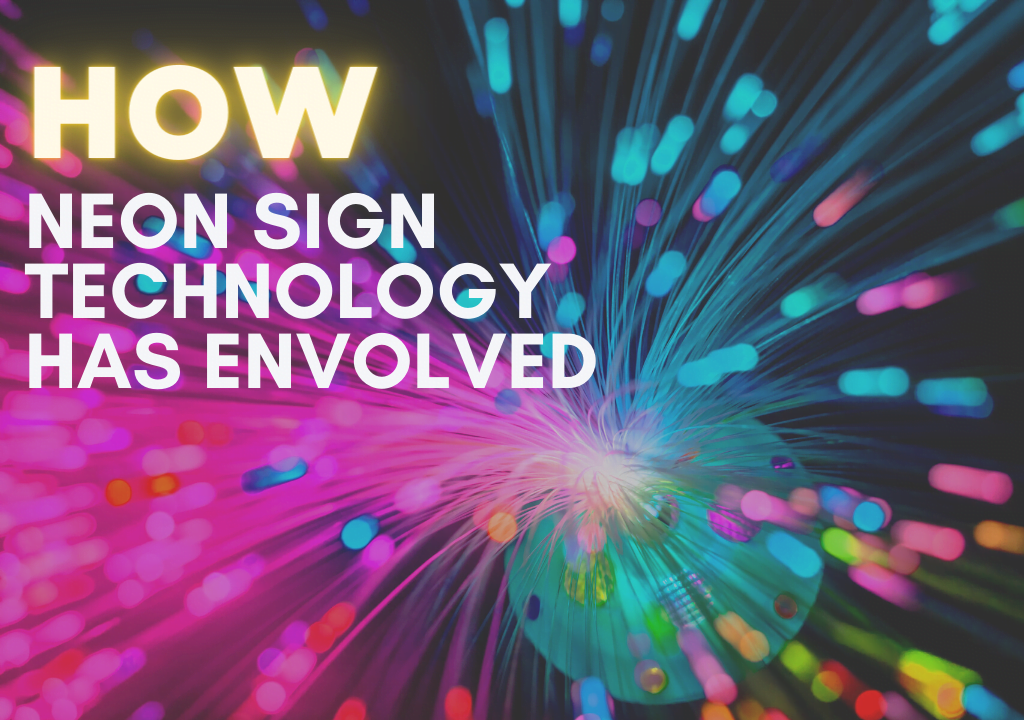
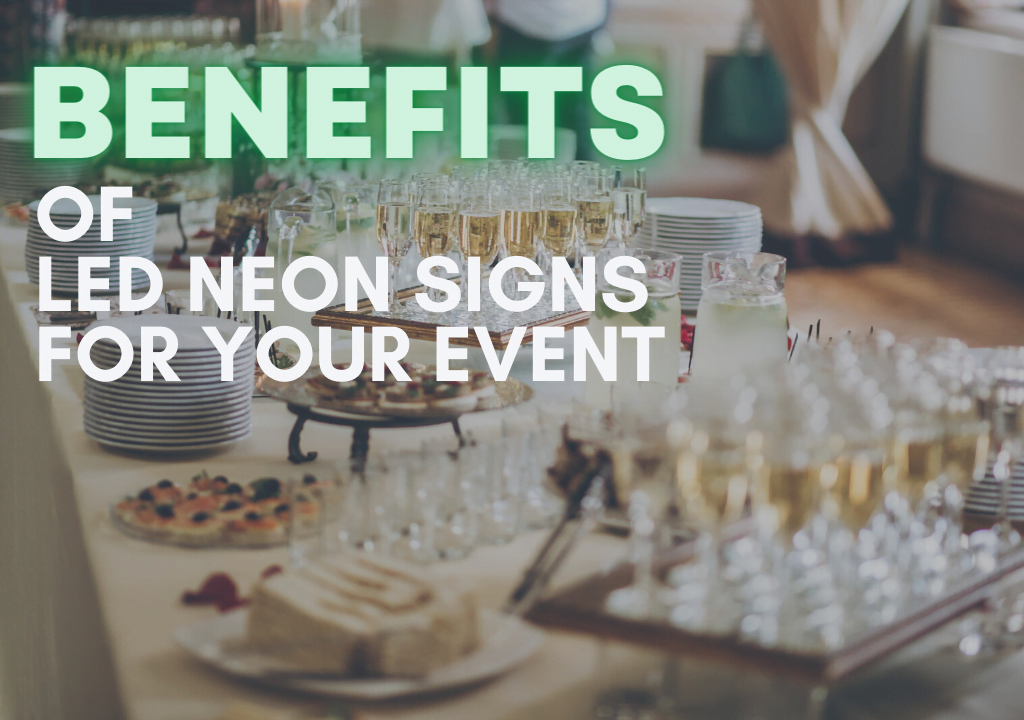
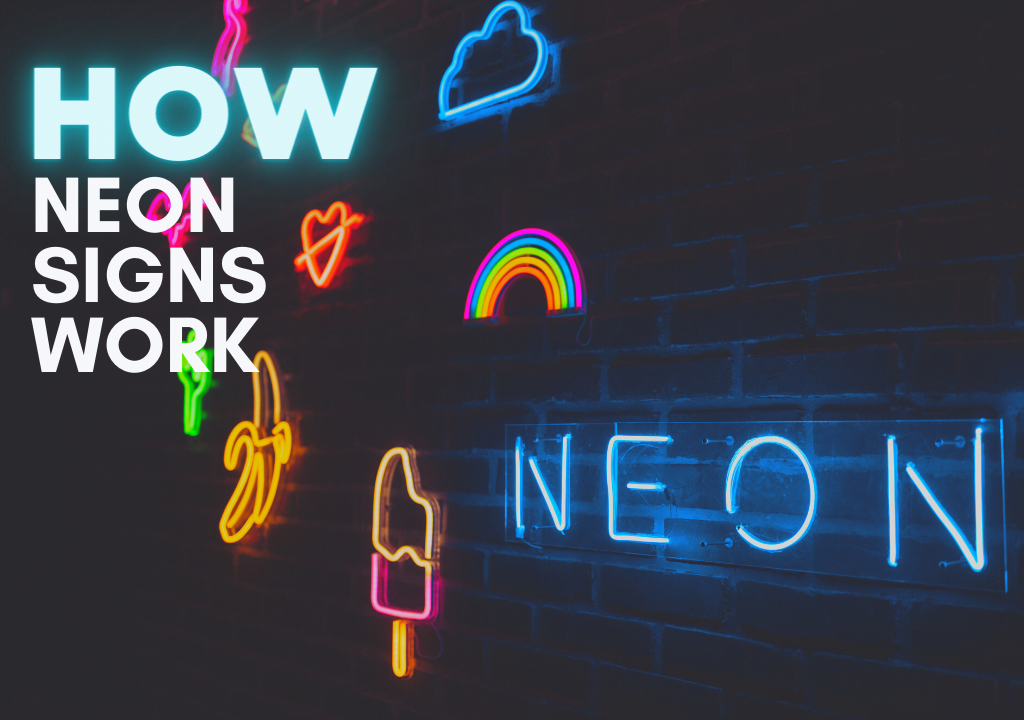
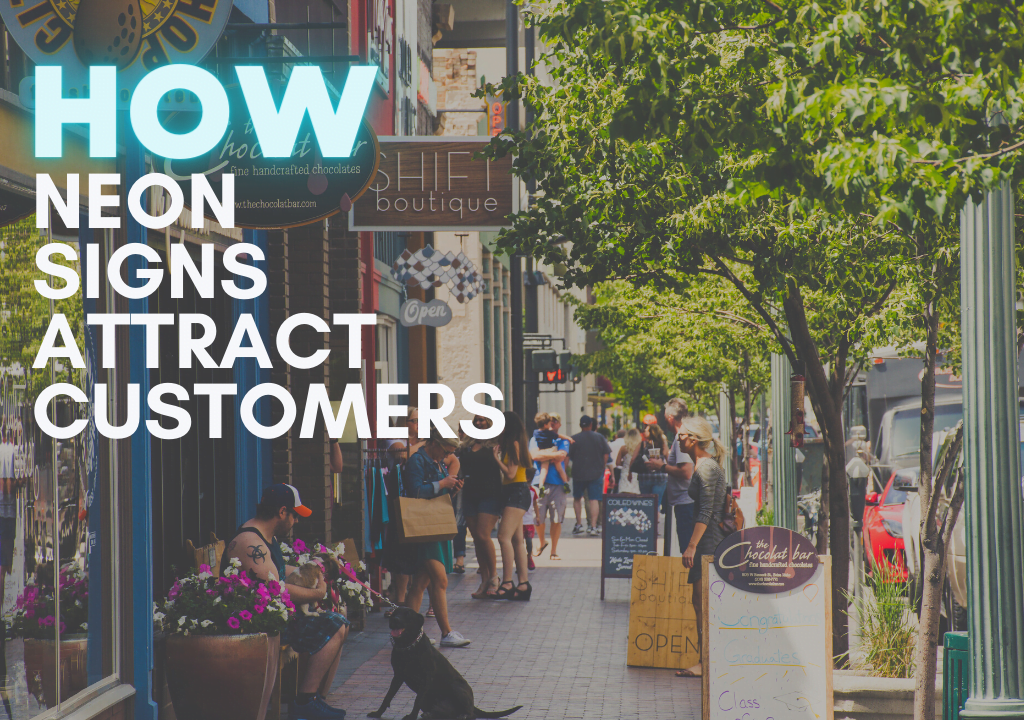
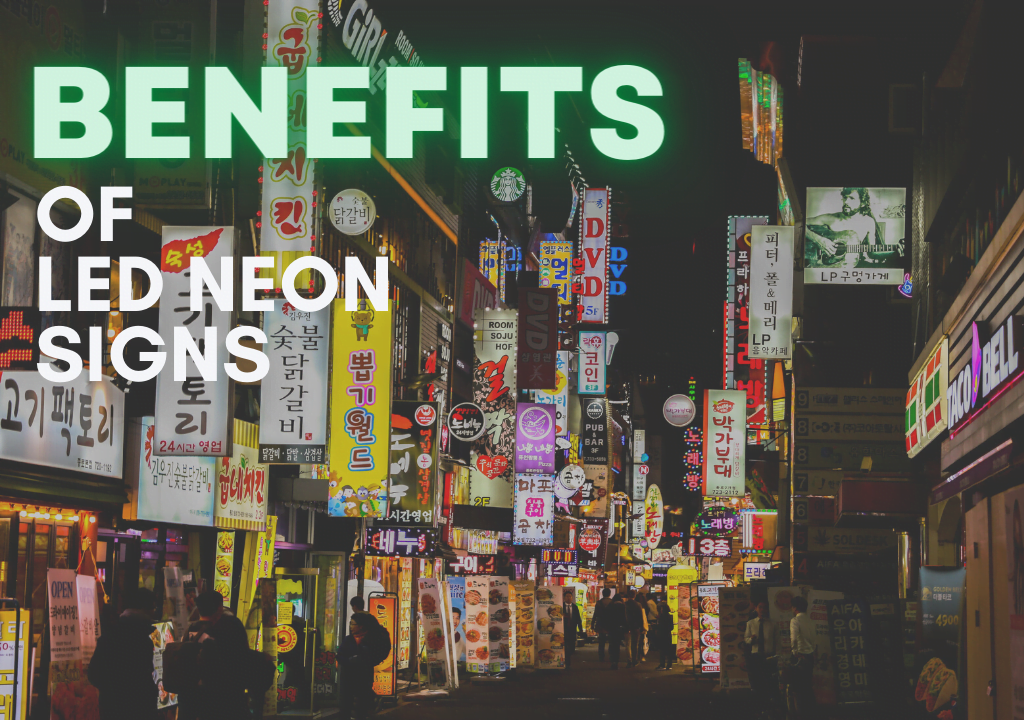
2 thoughts on “Glass vs LED Neon Signs”
-
Pingback: Understand LED Neon Signs Energy Efficiency - EUneon
-
Pingback: Why LED Neon Signs for business is Bright Idea - EUneon
This site uses User Verification plugin to reduce spam. See how your comment data is processed.